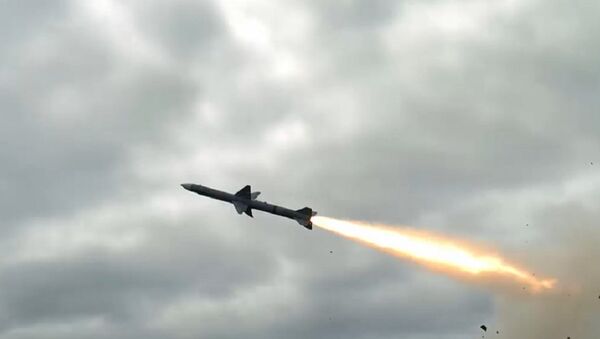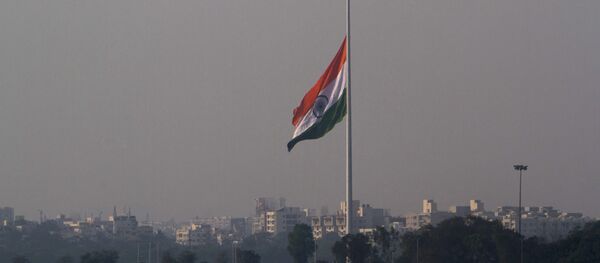On Thursday, the AAD shot a Prithvi short-range ballistic missile out of the sky, reportedly demonstrating its capability to change its trajectory in mid-air.
"It was a direct hit and grand success," anonymous defense sources told the Hindustan Times. "Today's test was conducted to validate various parameters of the interceptor in flight mode and it was all success."
The missile is 24.6 feet long and is equipped with a state-of-the-art navigation system. It is a single-stage, solid fuel, rocket-propelled guided missile that can track its target independently.
"The mission was brilliant as the interceptor missile achieved a direct hit, paving the way for its early deployment in the armed forces," a defense official said in a statement, adding that all of the internal systems "performed excellently."
This was the third successful supersonic interceptor test conducted by India in 2017. The previous tests took place in February and March — but the AAD itself has not been tested since May 2016.
The new series of tests are part of New Delhi's attempts to build a multi-layer Ballistic Missile Defense (BMD) system. India has been working since 1999 to develop a two-tiered defense system to shoot down ballistic missiles aimed at their country.
The first tier is meant to intercept exo-atmospheric ballistic missiles about 30 to 90 miles above the Earth's surface; the AAD comprises the second tier of low-flying ballistic missiles. India's BMD system is not meant to be able to intercept long-range ballistic missiles, both because that's an infamously difficult task and because India's main security challenges come from its immediate neighbors China and Pakistan, both of which are also nuclear powers.
The summer of 1999 saw one of the bloodiest conflicts between India and their rival Pakistan: the Kargil War. The conflict, a clash over the disputed Kargil district in Jammu & Kashmir, led to thousands of deaths. India retained control of Kargil, but relations with Pakistan hit new lows. Border skirmishes between the two nations have been a regular occurrence since the Kargil War, often with lethal consequences.
Around the same time, Pakistan and China began to modernize their own ballistic missile arsenals. In 2007, India announced plans to develop an equivalent to the US' failed "Star Wars" program of the 1980s to block nuclear missile launches from neighboring Pakistan.
Relations with China have also soured as the nations, both rising economic and military powers, have butted heads for dominance in the region. Relations hit a nadir in the summer of 2017 as Chinese and Indian troops faced off for 10 weeks in the Doklam Plateau.
Only four countries in the world have developed proven BMD systems: China, Israel, Russia and the US.





